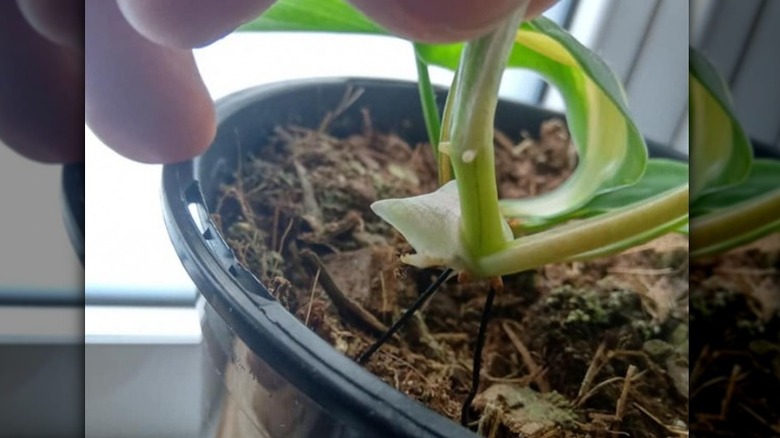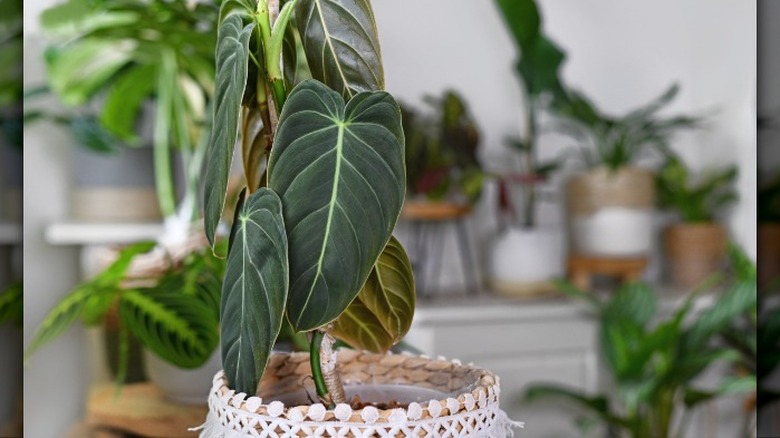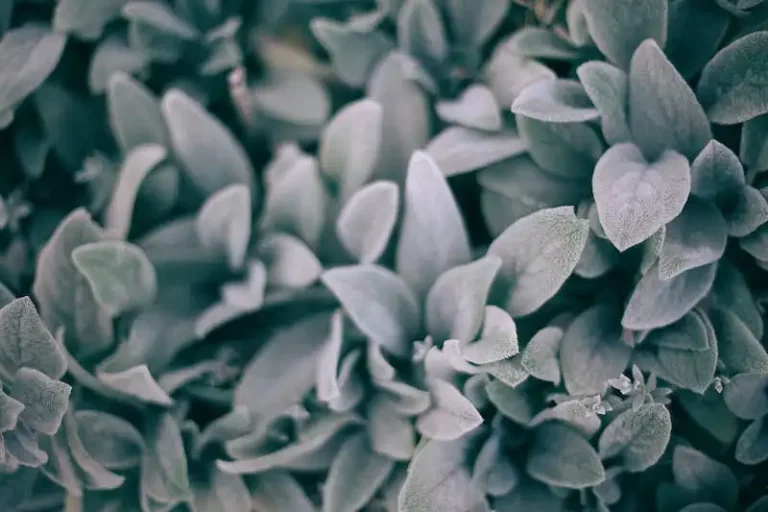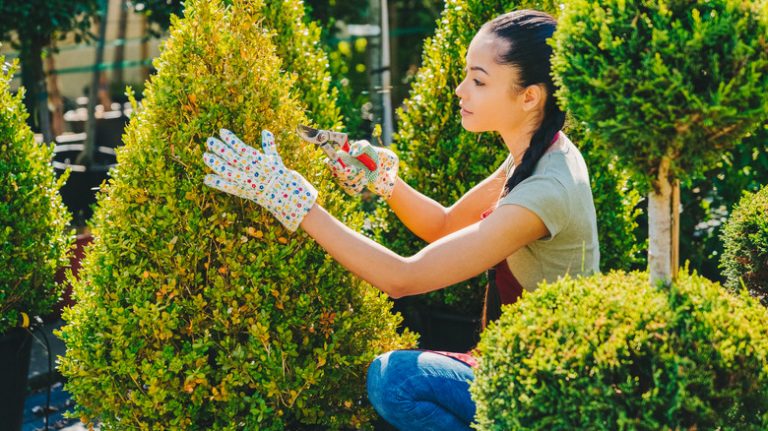Garden
Rochelle Heath-Harris
Did you know there’s another use for that seemingly endless supply of bobby pins you’re always finding around the house? If you also have an affection for vining plants, you might even find a reason to go out and buy some more! We’re going to show you how using bobby pins can help make your vining plants look healthier and fuller in no time, as well as aid them in self-propagation. If you have vining plants such as philodendrons, pothos, string-of-pearls, climbing hydrangeas, etc., with bobby pins you can pin and train them to grow thick and healthy to go wherever you like.
Vining plants can be beautiful and even breathtaking, and they can transform the look of your home, both inside and out. You can use them to frame arched doorways, fireplace mantels, mirrors, and shelves. You can wrap them around columns or pillars, you can train them to climb the walls, or make a trellis in a custom shape that you train them to grow on and fill out. There are endless ideas for using vining houseplants to achieve the unique, eclectic, boho vibe you’re looking for. So let’s get started!
How to bobby-pin your plants

In case you weren’t aware, it’s actually a part of the pruning process that you root the plant back into the pot. This makes for a fuller, healthier-looking plant. You simply take the bobby pin and open it up, and then pin it at the node into the soil. This is the point where new roots will take hold. Doing this will also make the plant stronger and lead to lovely hanging plants with long, trailing vines.
After about two weeks, you’ll see the roots have taken hold, which is what you want. Once two or three months have gone by, you can remove the bobby pins and use them elsewhere. You’re essentially just taking a vine and pinning it down into the soil at one of the nodes. It will then put down new roots there, filling up the bare spots in the soil with new growth instead.
Tips on training vining houseplants

Firn/Shutterstock
Some of the nicest vining plants for growing indoors or in pots are climbing varieties of philodendron and pothos. But if you’re planning to grow one as a climber and want to train it on something, the most important thing to remember is to place the trellis or structure you want it to start climbing on in the container at the same time you first plant it. You want the trellis established in the planter at the time of first planting.
You can purchase or make a trellis to place inside the pot, using materials such as wood, rattan, or bamboo. It’s easy to DIY one out of wire coated in plastic or using special wire that doesn’t rust, and shape it into whatever you want. In this way, you can allow your creativity to flow beautifully and naturally through this melding with Mother Nature in your singular home gardening decor. Be sure to use bobby pins while growing your plants to make them full and lush.



